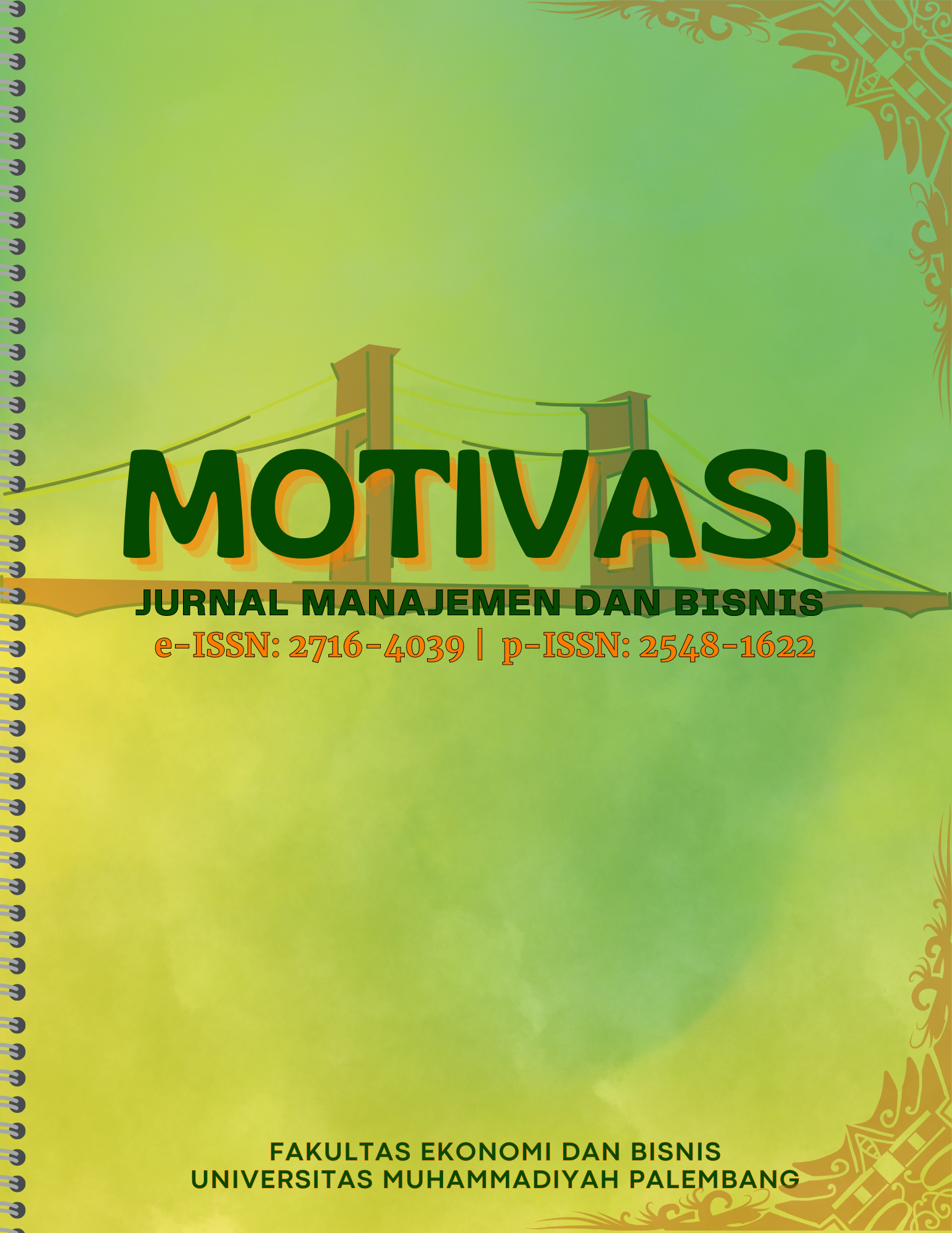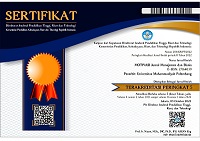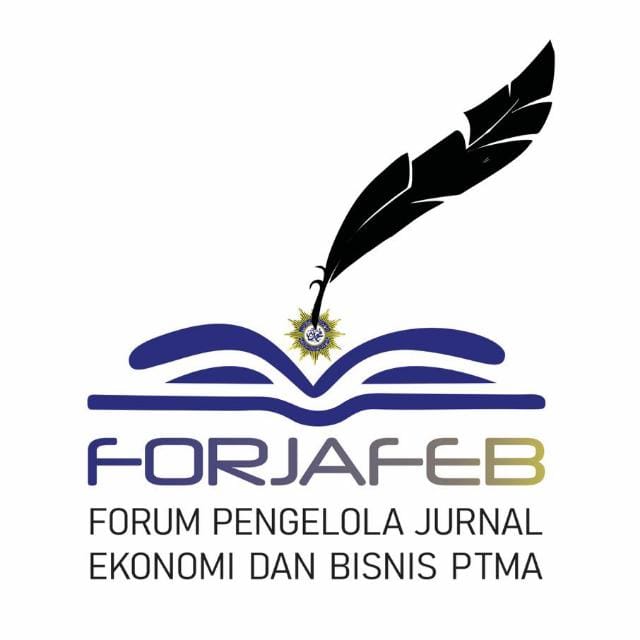Analisis Strategi Bisnis dan Pengembangan Usaha Emping Singkong RI&CI PT. Sinar Utami Group
DOI:
https://doi.org/10.32502/mti.v10i2.1000Keywords:
Busniness Strategy, Business Development, Company Profile, Descriptive StudyAbstract
Purpose- The study focuses on analyzing the business strategy and development of RI&CI’s cassava emping under PT. Sinar Utami Group using IFAS, EFAS, and IE matrices. Internally, the business shows strengths in strong commitment, consistent product quality, and sufficient labor availability, but faces weaknesses such as limited promotion, reliance on traditional production methods, raw material supply challenges, and basic financial management. Externally, the business benefits from government support, technological advancements, and expanding markets, while also confronting threats including product imitation, raw material price volatility, and weakening consumer purchasing power.
Design/methodology–This study employs a qualitative descriptive approach using a case study method to analyze the business strategy and development of cassava chips (emping singkong) under the RI&CI. Data were collected through in-depth interviews, direct observation, and documentation. Informants were selected using purposive sampling, focusing on individuals directly involved in business operations.
Findings - The IFAS and EFAS analyses yielded scores of 3.040 and 2.764, positioning PT. Sinar Utami Group in Quadrant II of the IE Matrix, which suggests a growth strategy. Accordingly, the company should strengthen digital promotion, pursue product innovation, expand its distribution networks, and enhance production efficiency as well as financial management to ensure sustainable development. This study thus offers a comprehensive view of strategic measures that MSMEs can adopt to remain competitive in dynamic business environments.
References
Alfebry, K., Juswadi, J., & Mahmud, Y. (2020). Strategi Pengembangan Usaha Emping Tike Pada Industri Rumah Tangga. Agri Wiralodra, 12(1), 24–34. https://doi.org/10.31943/agriwiralodra.v12i1.21
Andi Amang, Mulyadi, A. P. U. (2023). 8 Strategi Pengembangan Bisnis. In Binus.ac.id. Retrieved from https://online.binus.ac.id/2023/04/14/8-strategi-pengembangan-bisnis/
Bassi, A., Pramajaya, J., & Rizqi, M. (2022). Peranan Strategi Pemasaran Dalam Meningkatkan Volume Penjualan Di the Excelton Hotel Palembang. Motivasi, 7(2), 109. https://doi.org/10.32502/mti.v7i2.5220
Dokyi, G. O., Osei, K. K., Tookey, J., & Rotimi, F. E. (2025). A SWOT analysis of stakeholder perspectives on the strategic application of economic sustainability indicators in Ghana’s road infrastructure development. International Journal of Sustainable Transportation, 19(5), 375–392. https://doi.org/10.1080/15568318.2025.2496894
Ds, Y. M., Afrilliana, N., Fertiwi, F., Tunisa, F., & Sari, A. P. (n.d.). Peran Promosi dan Proses dalam Mempengaruhi Keputusan Gunakan Dompet Digital LinkAja.
Hariyadi, P. (2022). Riset dan Teknologi Pendukung Peningkatan Kedaulatan Pangan.
Jain, V., Ajmera, P., & Davim, J. P. (2022). SWOT analysis of Industry 4.0 variables using AHP methodology and structural equation modelling. Benchmarking, 29(7), 2147–2176. https://doi.org/10.1108/BIJ-10-2020-0546
Ketahanan, P., & Dan, P. (2009). Perkuat ketahanan pangan dan energi. (May), 17–19.
Masniar, M., Histiarini, A. R., & Sucipto, A. N. (2022). Analisis Strategi Pemasaran Usaha Umkm Kripik Singkong Menggunakan Metode Swot. Metode : Jurnal Teknik Industri, 8(1), 1–10. https://doi.org/10.33506/mt.v8i1.1694
Studi, P., & Aji, B. P. (2012). Fakultas pertanian universitas sebelas maret surakarta 2012. 1, 1–17.
Suncaka, Eko. (2023). Strategi Pengembangan Bisnis. Cetakan I. Cilacap: CV. Tripe Konsultan.
Wardhana, A. I., Silaningsih, E., & Kartini, T. (2025). Peningkatan Kompetensi Pelaku UMKM melalui Program Pelatihan dan Pendampingan di Desa Margaluyu, Tanjungsari Sumedang. MOTIVASI Jurnal Manajemen Dan Bisnis, 10(1), 44–54. Retrieved from http://jurnal.um-palembang.ac.id/motivasi
Downloads
Published
How to Cite
Issue
Section
License
Copyright (c) 2025 Ila Karmila, Gustina Hidayat, Fadila Nurfauzia

This work is licensed under a Creative Commons Attribution-ShareAlike 4.0 International License.











